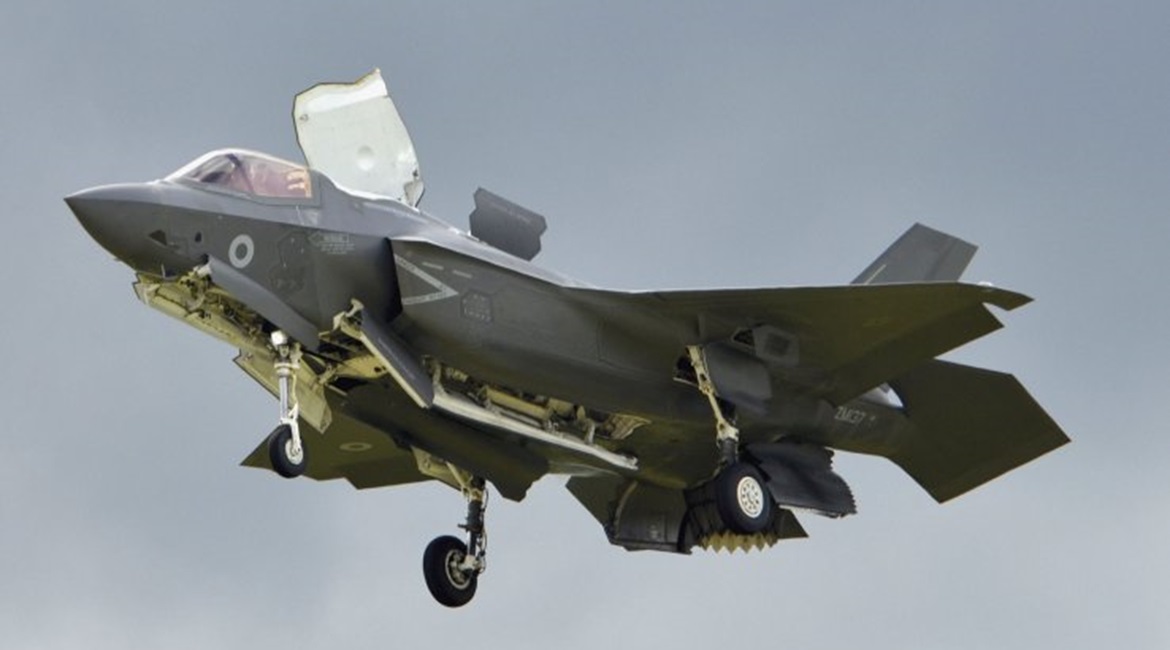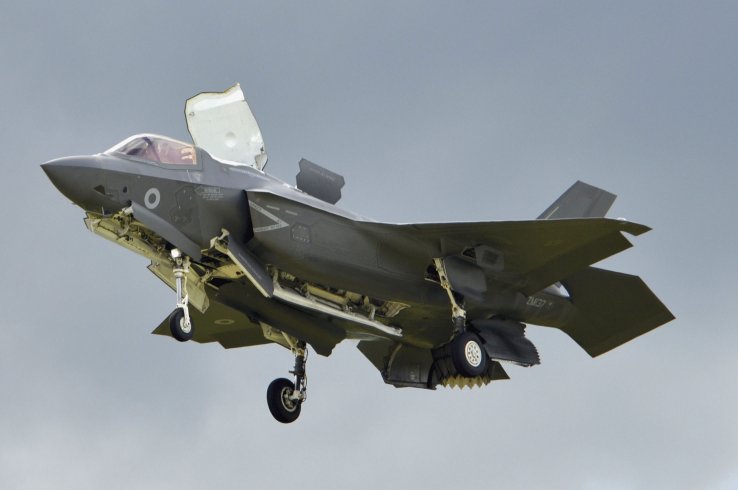
The Defence Command Paper to map out how the UK allocates its resources so as to conduct its security, defence, development, and foreign policy commitments over the coming years has seen combat aviation hit especially hard.

A move away from the F-35’s programme of record number of 138 aircraft to a more nebulous ‘more than 48’ was one example of the hits that combat aviation took in the latest Defence Command Paper. (Janes/Patrick Allen)
Published on 22 March, the paper thatprovides the ‘how and with what’ of the Integrated Review that was released the previous week included cuts across a number of platforms and capabilities as the Ministry of Defence (MoD) looks to reconcile shifting strategic priorities with new technologies and the ever present need to balance its books.
The Integrated Review’s brief as the successor to the five-yearly Strategic Defence and Security Reviews (SDSRs) was to set the long-term strategic aims of the UK’s international policy and national security over the coming decade, and the Defence Command Paper provides the detail as to how the MoD intends to meet those requirements.
Although billed as being a strategically driven exercise, as with most reviews of this nature (certainly over recent years), the Integrated Review and its associated Defence Command Paper are seemingly driven by a need to cut costs in the face of a growing government spending gap that has been reported as being upwards of GBP20 billion (USD28 billion) for the MoD. This spending shortfall will only be exacerbated by the double-whammy of Brexit and the Covid-19 pandemic, meaning that serious cuts were almost inevitable across the armed forces.
Looking to read the full article?
Gain unlimited access to Janes news and more...


